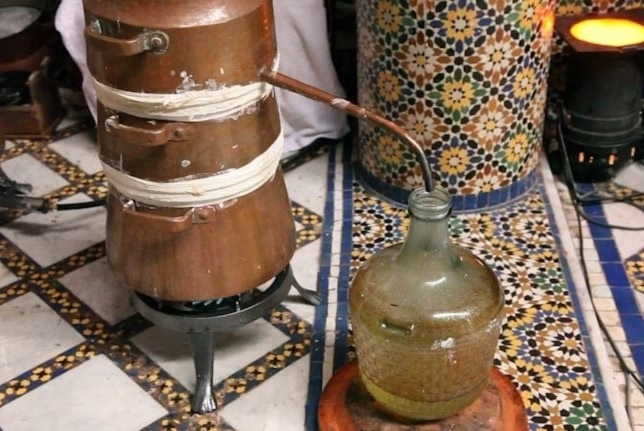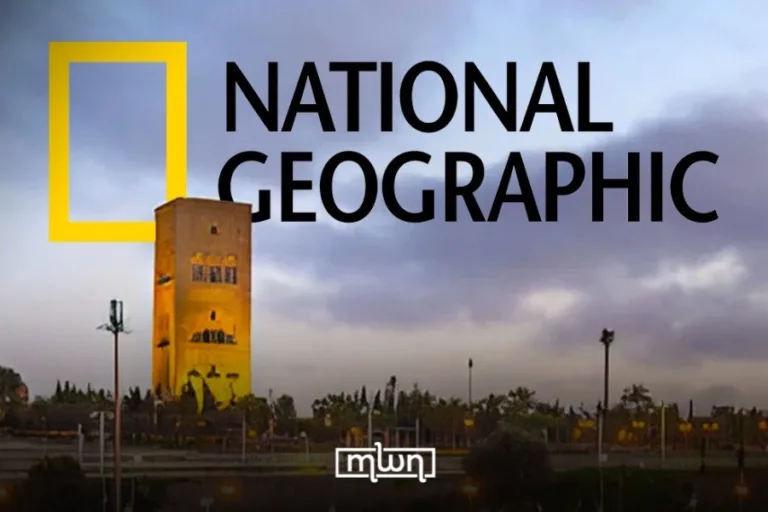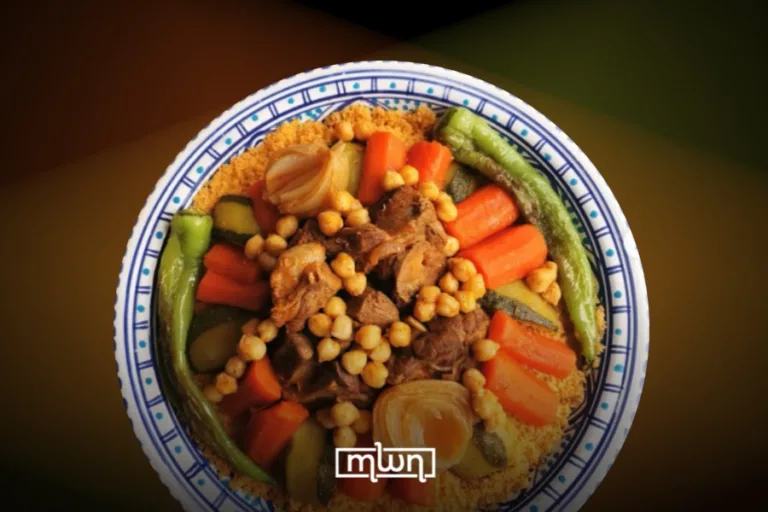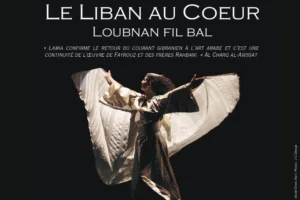In the palaces of Morocco, orange blossom water flowed as a symbol of refinement and status.
Fez – In Morocco’s imperial courts, orange blossom water was more than a fragrance; it was a symbol of status, elegance, and royal tradition.
Carefully stored in ornate sprinklers, it was ceremoniously poured over the hands of the Sultan’s guests, an olfactory gesture of refinement and hospitality.
But beneath this delicate ritual lay a complex system of courtly etiquette, where even a single vial of orange blossom water required an official decree.
This seemingly routine exchange of orange blossom water, as noted by royal historian Ibn Zaydan, was not limited to a single palace.
It was a practice that spanned Morocco’s three great capitals at the time: Marrakech, Fez, and Meknes. Each playing a role in the elaborate choreography of royal customs.
Yet, orange blossom water’s influence extended far beyond the court. It seeped into Moroccan language, culture, and identity.
Even today, calling someone “mazhar” (lucky) or saying “andak azzhar” (you have fortune on your side) reflects the belief that blossoms and good fortune are intertwined.
This connection even found its way into Moroccan names; men bore names like Zahir, Zuhayr, and Zahrawi, while women were called Zahra, zhour, zhiro, and Zuhayra.
Orange blossom water, then, was never just a scent. It was a marker of refinement, purity, and prestige, a fragrance woven into royal decrees, linguistic traditions, and the very identity of Morocco’s people.
Every drop carried a story, rich with history and perfumed with tradition.
Read also: TV5 Monde Spotlights Tangier’s Cultural Renaissance
















